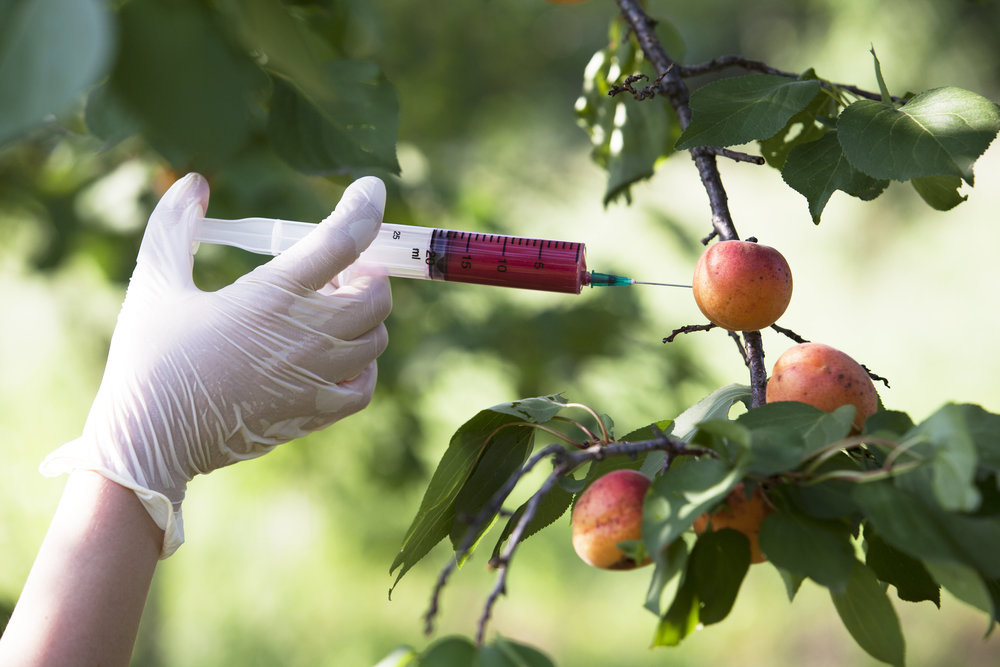Capturing the value of food tech: IP strategy is the secret ingredient for success

With the New Zealand government’s plans to treble the food and beverage sectors export market to $58 billion by 2025, leveraging the value of intellectual property (IP) will be crucial in achieving the greatest return.
Meeting those goals means working smarter, not harder. It’s about developing innovative technology and ideas (which Kiwis are good at), and keeping our eyes open for future opportunities, maximising the value of our assets long term (which Kiwis aren’t so good at).
The reality is, unless you have protective measures in place, it is only a matter of time before your competitors, whether based in New Zealand or overseas, catch on to your point of difference. All of a sudden you’re on an equal playing field, and quite possibly at a disadvantage.
Kiwi exporters can’t compete on price, commodity or being close to the market. But they can compete by being innovative, and maintaining a competitive edge in a market. This is first achieved by identifying what that edge is, and putting intellectual property strategies in place to leverage that edge in order to exploit it for as long as possible.
In some cases, like highly complicated food processing techniques, it may be possible to keep these as trade secrets.
However, one risk is that employees who leave your company may leak this valuable intellectual property to a new employer, which could be a direct competitor. Given the size of New Zealand, this is a real possibility. There is also the risk of overseas competitors reverse engineering your product or process, leaving you back at a geographical disadvantage.
Something that should also be considered, but is often overlooked, is patents to protect new concepts relating to your products or processes. Of course there are many other forms of formal intellectual property protection like design registrations to protect the look of a product, or registered trademarks to protect branding to name a few, but its patents that we’ll focus on here.
Essentially, patents can allow your company to really leverage your point of difference for much longer than can be achieved through speed to market or maintaining trade secrets.
A great benefit of the food industry is that the path to market is relatively short compared to other science-based industries. You can do quick research and development and there is no need for clinical trials. This makes patents in the food industry particularly valuable, because the 20 year monopoly can be put to maximum use during commercialisation.
Compared to other areas in biotech, the food industry is a relatively predictive art. So, if you’re able to show the effectiveness of a new antimicrobial agent for preserving poultry, it’s likely you could seek valid patent protection for preserving other meats or food products, and potentially even other uses with very limited supportive data.
Looking beyond just protecting your turf and competitive edge, patents can be used proactively to build business opportunities and further growth. Consider the following points for example;
Passive income
You may have developed a new food processing technique and an associated device for the seafood industry, but you realise it could work just as well for beef. As your business is focused wholly on seafood processing, you could patent the technique and device and keep a monopoly in your market of interest. Yet, in tandem, you could license your patent rights to a beef processing company, generating passive income.
Interest from big overseas players
International food and nutraceutical companies are IP savvy and regularly review patent filings and publications. For example, global food giant Nestlé has thousands of patents, yet recently invested in New Zealand’s own Vital Foods, due to its IP position including its patented product, Phloe®. So, your patent publication can act as a form of advertising, and could lead to direct collaborative business opportunities with large international entities.
New business model – why sell tangible goods?
With patents, you could even take on a new business model – perhaps exporting your IP instead of exporting tangible food goods. A great example of this is with A2 milk, where the A2 Corporation simply licenses its patent rights around the world to conduct genetic tests for developing A2 producing herds, and selling A2 milk-containing products. This demonstrates how you can expand export revenue, promote New Zealand as an innovation hub, and avoid potential damage to our environment.
Framework for local collaboration
Patents can also provide a framework for collaboration in New Zealand. Patents can help define what each party brings to the table in the form of existing IP, and can also be used to define how new IP is mutually owned (and exploited) in partnership.

Peter Brown is a Senior Associate at James & Wells. Based in the Auckland office Peter heads the Food & Beverage IP team. Its key focus is to help clients to strategically capture commercial value from their R&D through IP rights, which can be bought, sold, or licensed as intangible assets.




.jpg/w=675,h=675,fit=crop)
